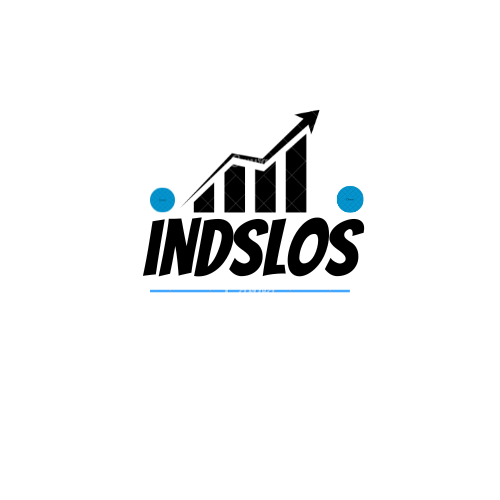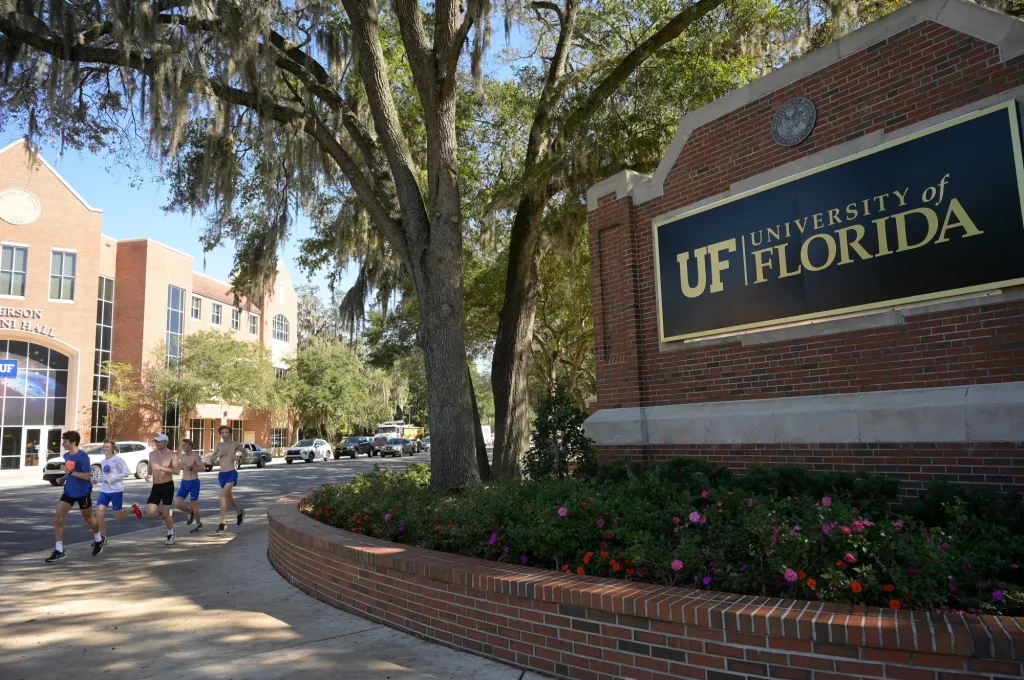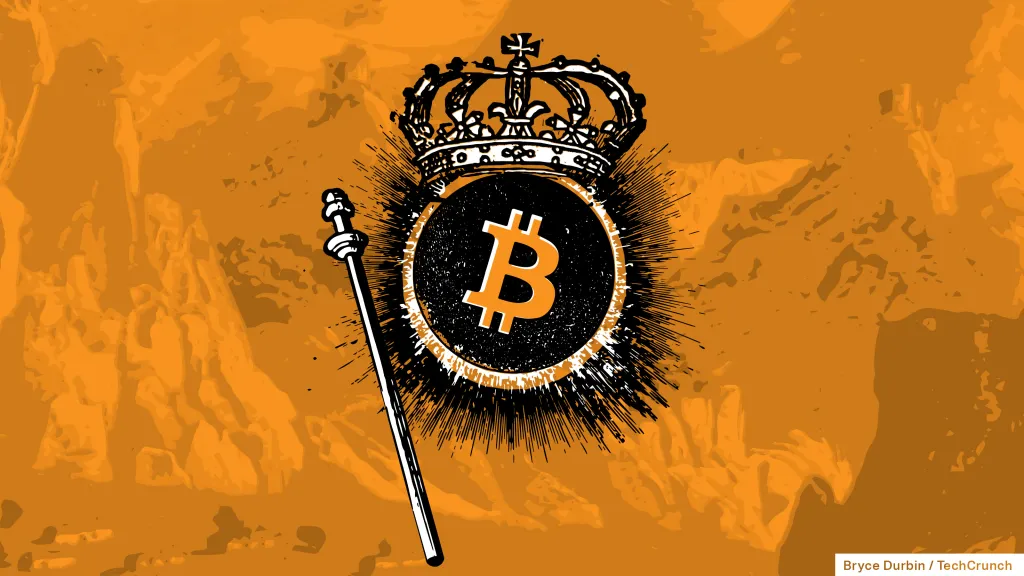Insurers’ overreliance on buybacks
When you hear Wall street asking about life insurers’ “capital go back as a percent of unfastened coins go with the flow or earnings,” what they are definitely centered on is the tempo of share buybacks. In keeping with our analysis,
over the past decade publicly traded existence insurers in Canada and america have again about $275 billion in capital to shareholders thru a mixture of $a hundred ninety billion in proportion buybacks and $eighty five billion in dividends.
The use of buybacks has been ubiquitous. Over the past ten years, 17 of the pinnacle 20 publicly traded lifestyles insurers in North america lower back the equivalent of at the least half of their marketplace capitalization to shareholders via buybacks by myself, in step with our analysis. The attraction of buybacks is apparent but often erroneous:
Higher share fee. A discount in super share will increase income in step with proportion; assuming the P/E ratio stays consistent, the proportion fee need to upward thrust.
However, this doesn’t account for the value of the cash that has been paid out as part of the buyback and the effect it has on valuations and P/E ratios.
Furthermore, this outcome neither entails the control crew making strategic selections approximately business enterprise tasks nor indicators intrinsic value introduction.
Market alerts. Analysts and buyers have been conditioned for years into wondering that lifestyles insurers were best served by means of returning extra capital to shareholders in place of making an investment it inside the business, because a lot of these businesses have not always generated returns above the price of capital.
Investor confidence. Buybacks can sign that the control crew believes the insurer has deployable extra capital, which can offer an important improve in self belief for investors who have doubts approximately an insurer’s reserves and capital adequacy.
Buybacks do no longer create price in and of themselves. They are “left pocket, proper pocket” transactions that switch cash from the stability sheet to shareholders, much like a not unusual shareholder dividend.
While the shareholders that did now not sell will own a larger share of the agency’s fairness, the lifestyles insurer itself turns into smaller and the fee of the buyers’ holdings remain the identical.
Existence insurers that in general awareness on share buybacks can also be taking an excessively protective posture, which McKinsey research on corporate resilience has located tends to result in median employer overall performance.
Offense-only stances supply a mix of occasional wins plus a few catastrophic failures. The exceptional leaders and corporations are ambidextrous—prudent approximately dealing with the downside whilst aggressively pursuing the upside.

Finally, even as many life insurers which have repositioned their enterprise mix tend to generate stepped forward unfastened coins drift, a large portion of their buybacks had been financed by using one-time occasions along with divestitures and reinsurance transactions.
As a result, those companies are probably to face growing tension between retaining historic capital return stages and reinvesting in boom; as soon as a corporation is at the buyback treadmill, it’s difficult to go out.
A better technique: focus on capital depth
Our evaluation discovered most effective a modestly fantastic correlation among existence insurers’ proportion buybacks as a percentage of marketplace capitalization and annualized TSR during the last decade, such as most of the people of the maximum latest existence insurer IPOs. The analysis discovered even much less correlation over the past two years among the tempo of share buybacks and TSR.
Which means that existence insurers’ route to increasing long-time period TSR will no longer be in the main thru maximizing proportion repurchases. (drastically, the lack of any lengthy-term correlation between TSR and proportion repurchase intensity also extends past the lifestyles coverage industry.)
Instead, the evaluation shows a life insurer’s commercial enterprise blend (that is, capital mild as opposed to capital intensive primarily based on earnings contribution) is a far clearer motive force of long-time period share fee overall performance (exhibit 1). Specifically, our regression analysis found an R2 fee of 5 percentage, which demonstrates low correlation among buybacks and TSR.
Showcase 1
We attempt to offer people with disabilities same access to our website. If you would love facts about this content material we are able to be happy to work with you. Please e-mail us at: McKinsey_Website_Accessibility@mckinsey.Com
A capital-mild strategy generally focuses totally on products with very little guarantees, inclusive of employee advantages, protection-orientated lifestyles coverage, retirement offerings, and wealth and asset management.
A capital-extensive method, however, includes a greater recognition on merchandise which include well-known life, variable annuities with residing benefits, or legacy merchandise with strong ensures. In popular,
the research found that capital-mild existence insurers generate above-average share rate performance relative to the extent implied via their pace of share buybacks.
In the meantime—despite that during numerous cases capital-extensive vendors have repurchased shares during the last decade equivalent to greater than a hundred percentage of their market capitalization—existence companies with a capital-extensive approach tend to generate below-common proportion charge performance.
Among existence insurers whose valuation multiples have accelerated over the last 5 to 10 years, as a minimum several have shifted faraway from capital-intensive, opaque lines of enterprise into capital-efficient, simpler-to-understand lines of business.
“Unbundled” commercial enterprise fashions can also promote fee introduction due to the fact they could lead coverage vendors to recognition on resources of distinctive cost advent whilst looking for partnerships or leaving different parts of the value chain to people with a more herbal advantage.
There are examples of several main existence insurers meaningfully reshaping their business via exiting capital-in depth agencies and moving the capital previously supporting those units into capital-mild businesses with attractive margins and ROE profiles.
Investors recognized these favorable shifts, which had been contemplated in superior TSR as well as charge-to-book valuation more than one growth (exhibit 2).
These insurers additionally generate advanced excess capital, that is back to shareholders through dividends and buybacks—however certainly it become the adjustments in method that improved their positions, not the buybacks themselves.









Leave a Reply